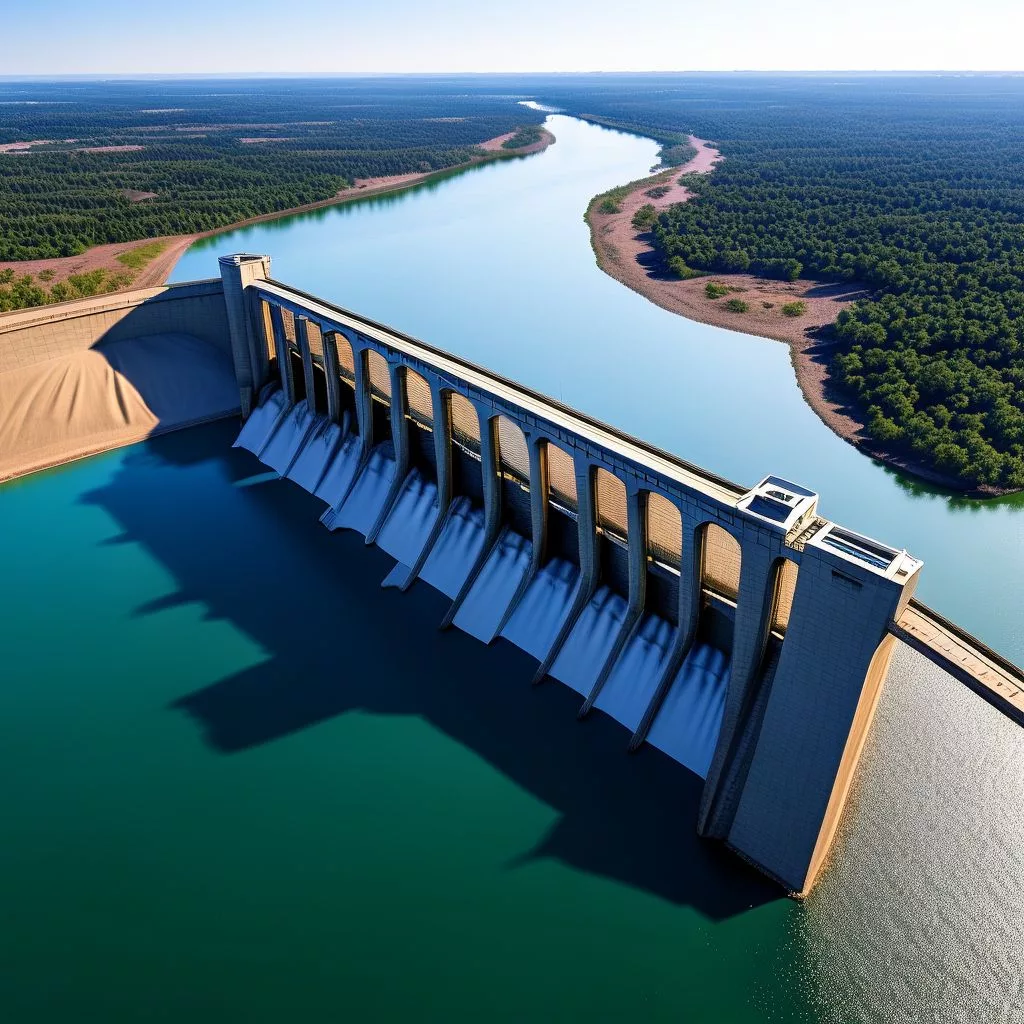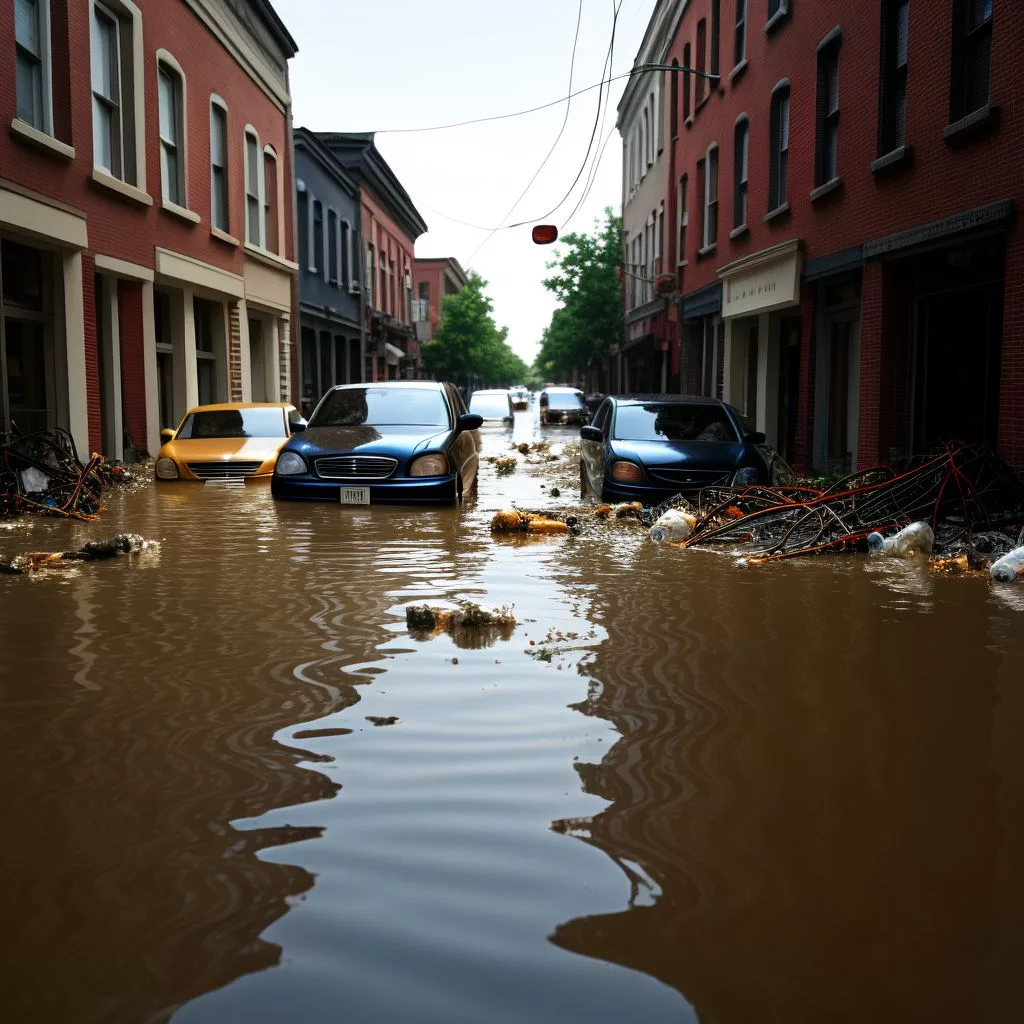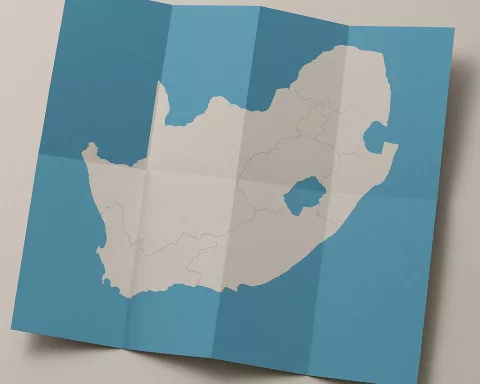The Department of Water and Sanitation (DWS) is working hard to manage rising water levels at important dams like the Vaal Dam. They are opening sluice gates to control the flow of water, keeping a close watch on levels, and warning nearby communities to evacuate if necessary. With the Vaal Dam over 111% full, the DWS is releasing water carefully to prevent flooding downstream. Local families are banding together, moving their belongings to safety, showing their strength and determination as they face nature’s challenges.
How is the DWS addressing rising water levels in key dams?
The Department of Water and Sanitation (DWS) is actively managing rising water levels at critical dams like the Vaal Dam by:
– Opening sluice gates to control inflows
– Monitoring water levels continuously
– Issuing evacuation warnings for vulnerable communities
These measures aim to prevent flooding and ensure community safety.
Vigilance in Water Management
In recent months, the Department of Water and Sanitation (DWS) has intensified its efforts to control water levels at crucial reservoirs, responding to the relentless increase in dam levels due to incessant heavy inflows. This proactive stance is aimed at averting potential flooding and protecting both lives and infrastructure in vulnerable downstream communities. Of particular concern is the Vaal Dam, where all five sluice gates remain open after the latest gate was activated on Sunday morning. This action was necessary to address the rapidly rising water levels.
The DWS’s approach underscores a commitment to proactive water management. A statement from the department highlighted, “Since the opening of the fifth sluice gate on Sunday morning due to heavy inflows into the Vaal Dam, all five sluice gates will remain open and there will be no change in the dam’s outflow.” The department also indicated, “Should inflows continue to increase, additional gates may be opened. Continuous monitoring of the Vaal Dam will inform any necessary changes to outflow.”
Rising Waters and Strategic Releases
By Monday morning, the Vaal Dam’s water storage level had soared to an astonishing 111.11%, up from 109.3% the previous day. This rise was fueled by sustained inflows of 1002.25 m³/s from the upper catchment. Similarly, the Bloemhof Dam experienced a notable increase, with levels climbing from 107% on Sunday to 112.08% on Monday. In response, the department planned a staggered release of water throughout Monday, escalating from 1,400 m³/s to 1,850 m³/s by late afternoon.
While these controlled releases are essential, they also carry risks. The DWS has issued warnings about the potential for riverbanks to overtop downstream, particularly in low-lying areas within the 1 in 100-year floodline. The department advised, “Residents within the floodline of the Vaal River downstream of the Vaal and Bloemhof Dams should evacuate, move to higher ground, and safeguard valuable equipment, movable infrastructure, and livestock.”
Broader Safety Measures and Community Impact
In Mpumalanga, the Grootdraai Dam, located upstream in the Upper Vaal River Catchment, remains under close scrutiny. Currently, one sluice gate is open to manage its flow, with the dam’s capacity recorded at 102% as of Monday. The DWS reiterated that these measures are part of a broader commitment to dam safety and disaster prevention. “The DWS is continuously monitoring water levels in the Vaal River System and regularly shares hydrology reports and updates,” the department stated. “These communications provide early warnings in case of flooding.”
The situations at these dams evoke historical and artistic movements where humanity’s struggle with nature’s power was a common theme. The Romantic era of the late 18th and early 19th centuries, for instance, often depicted nature’s sublime and terrifying power. Artists like J.M.W. Turner captured the untamed force of natural phenomena, a theme that resonates with the current efforts at the Vaal and Bloemhof dams.
Engineering Marvels and Community Resilience
The DWS’s actions can also be likened to modern engineering achievements. Their meticulous planning and real-time monitoring reflect the principles of the Bauhaus movement, which emphasized the seamless integration of technology and aesthetics. Just as Bauhaus architects sought to create functional and beautiful structures, the DWS combines scientific precision with an urgent need to protect human lives and property.
Beyond the technical aspects, this narrative includes human elements. Communities living downstream face uncertainty, with their lives and livelihoods on the line. Local residents have responded with resilience and cooperation. Families are working together to move belongings to safer areas, farmers are relocating livestock, and neighbors are assisting each other in preparation for the worst while hoping for the best. This collective effort showcases the indomitable human spirit in the face of natural adversity.
Historical Context and Modern Challenges
The history of dam management offers additional insights. The construction of significant dams has often symbolized progress and control over natural resources. The Hoover Dam, for example, stands as an iconic representation of America’s industrial prowess during the Great Depression. Similarly, the ongoing efforts at the Vaal and Bloemhof dams signify a modern endeavor to harness and manage natural forces for the greater good.
Nevertheless, the current scenario serves as a stark reminder of nature’s unpredictability. Despite technological and infrastructural advancements, the sheer volume of water poses a formidable challenge. Managing this situation requires a delicate balance between human intervention and natural processes. The DWS’s strategy reflects an understanding of this balance, aiming to mitigate risks while respecting the natural dynamics of the water system.
The ongoing efforts to manage water levels at the Vaal, Bloemhof, and Grootdraai dams highlight a complex interplay of technology, human effort, and natural forces. The Department of Water and Sanitation’s proactive measures emphasize a commitment to safety and disaster prevention, drawing parallels to historical and artistic narratives exploring humanity’s relationship with nature. As communities downstream brace for potential flooding, their resilience and cooperation exemplify the enduring human spirit in the face of nature’s challenges.
FAQ
How is the DWS addressing rising water levels in key dams?
The Department of Water and Sanitation (DWS) is actively managing rising water levels at critical dams like the Vaal Dam by opening sluice gates to control inflows, continuously monitoring water levels, and issuing evacuation warnings for vulnerable communities. These measures aim to prevent flooding and ensure community safety.
What precautions are being taken to prevent flooding downstream?
The DWS has opened all five sluice gates at the Vaal Dam to release water carefully as the dam is over 111% full. They are also issuing warnings to communities in low-lying areas within the 1 in 100-year floodline, advising residents to evacuate to higher ground and safeguard valuable belongings.
How are local communities responding to the rising water levels?
Local families are showing strength and determination by banding together to move their belongings to safer areas. Farmers are relocating livestock, and neighbors are assisting each other in preparation for potential flooding, showcasing their resilience in the face of nature’s challenges.
What is the current status of the Vaal and Bloemhof Dams?
As of the latest updates, the Vaal Dam is at 111.11% capacity, and the Bloemhof Dam has risen to 112.08%. The DWS is carefully managing these levels with controlled water releases, ramping up from 1,400 m³/s to 1,850 m³/s to mitigate flooding risks downstream.
What historical context is relevant to the current dam management efforts?
The history of dam management is rich with examples of humanity’s struggle against and collaboration with nature. Iconic dams like the Hoover Dam symbolize progress and control over natural resources. The ongoing efforts at the Vaal and Bloemhof dams reflect a modern endeavor to harness and manage natural forces for public safety and infrastructure protection.
How does the DWS communicate updates to the public?
The DWS continuously monitors water levels in the Vaal River System and regularly shares hydrology reports and updates with the public. These communications are vital for providing early warnings in case of potential flooding, ensuring that communities are informed and prepared.












